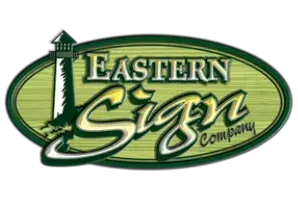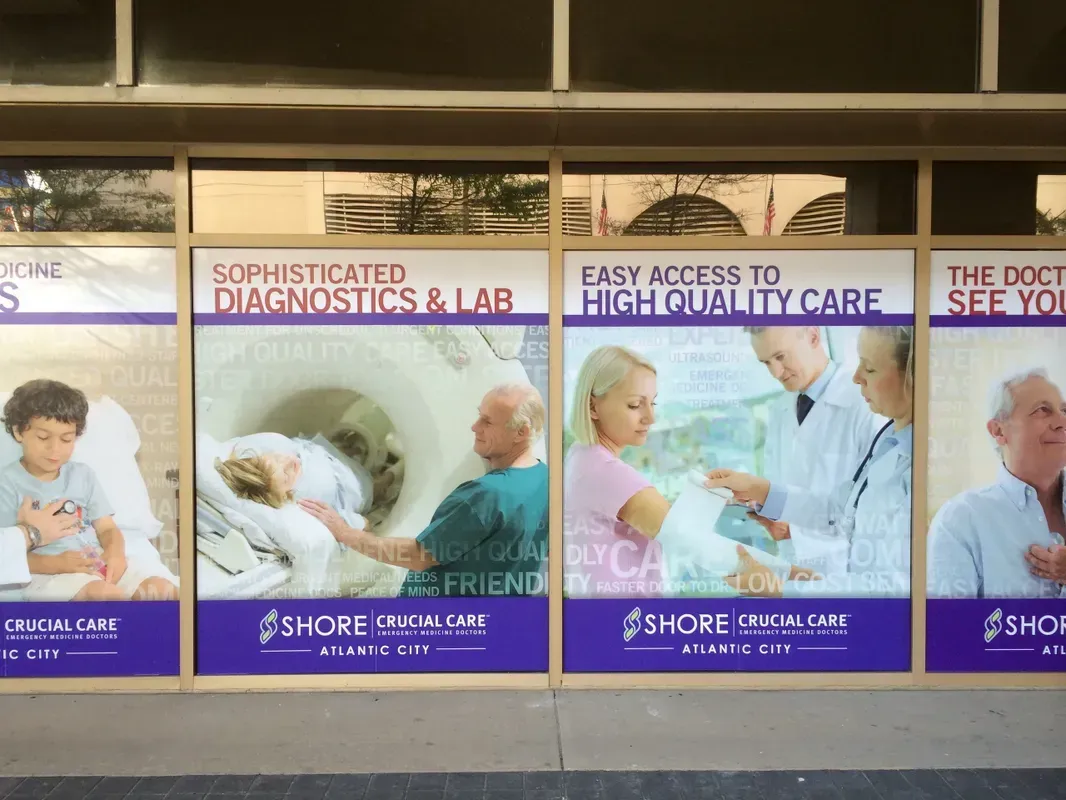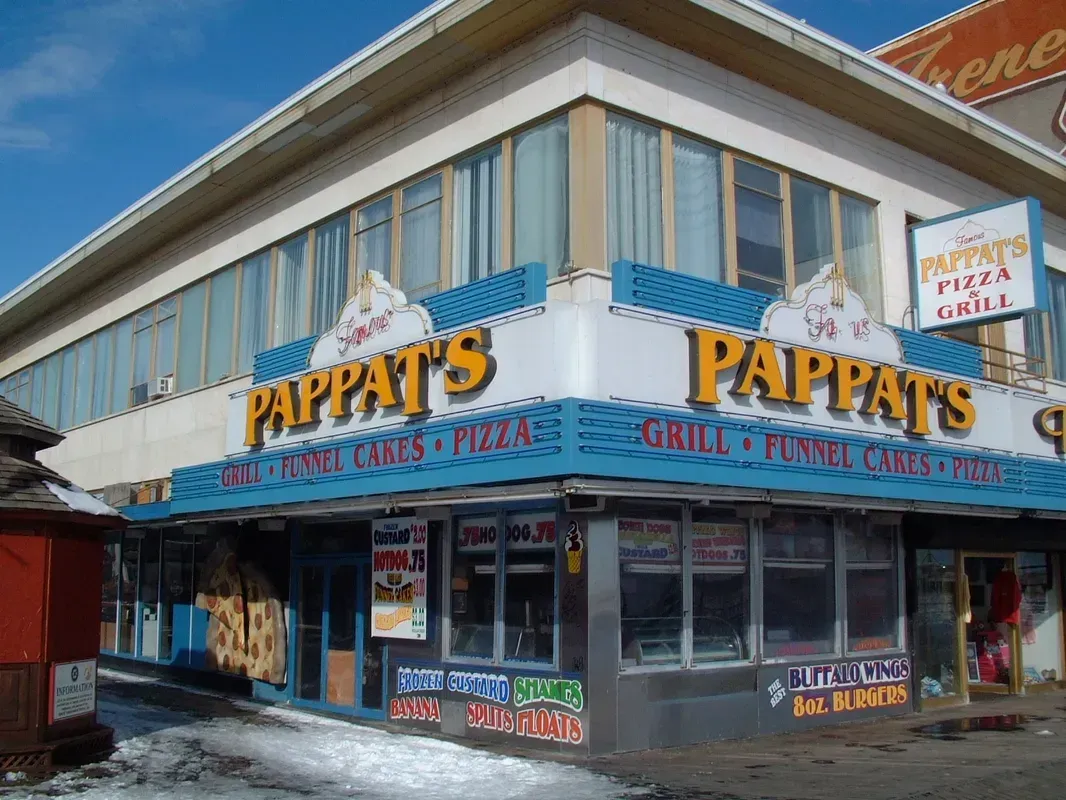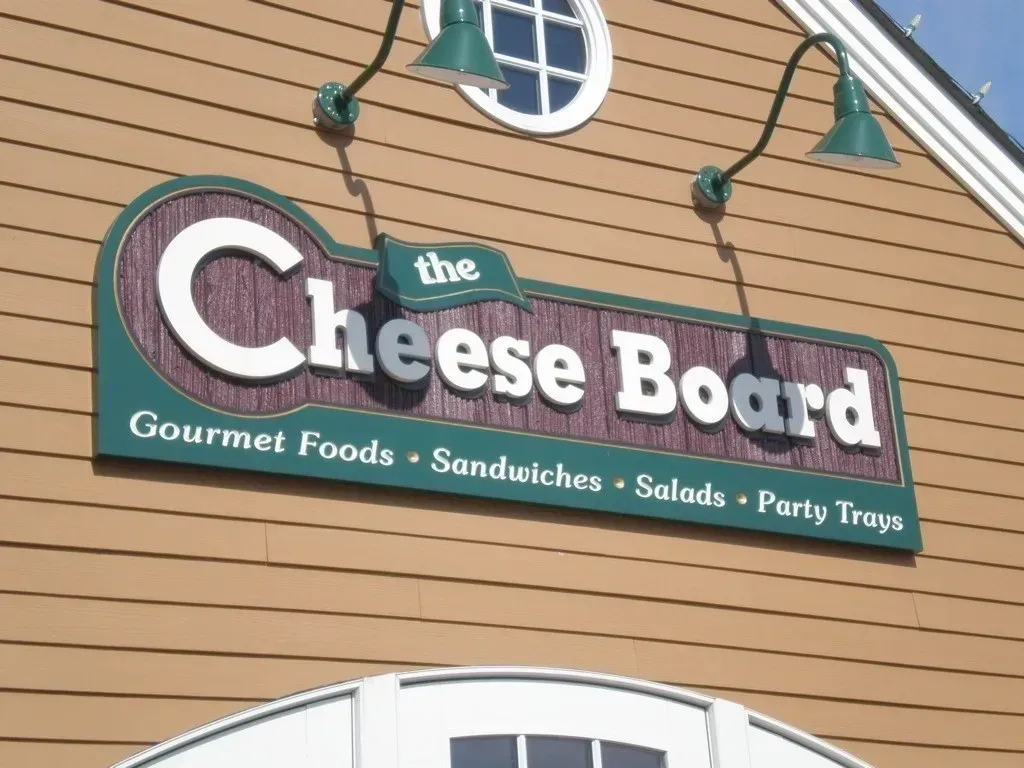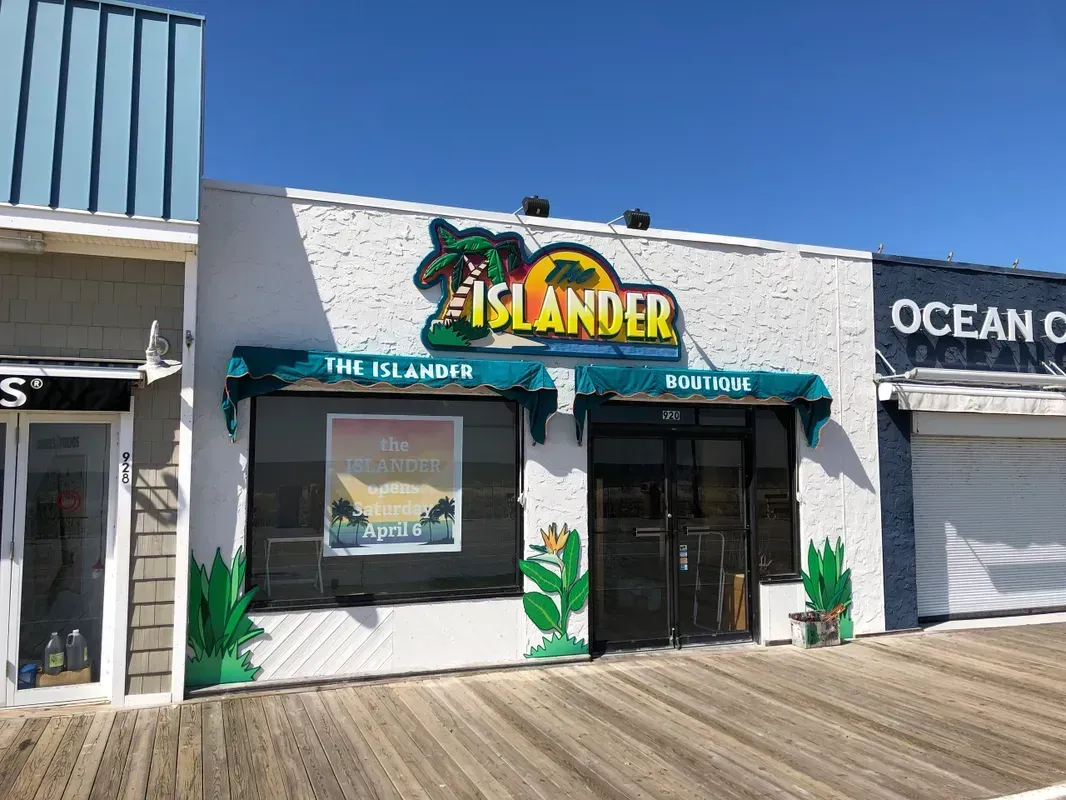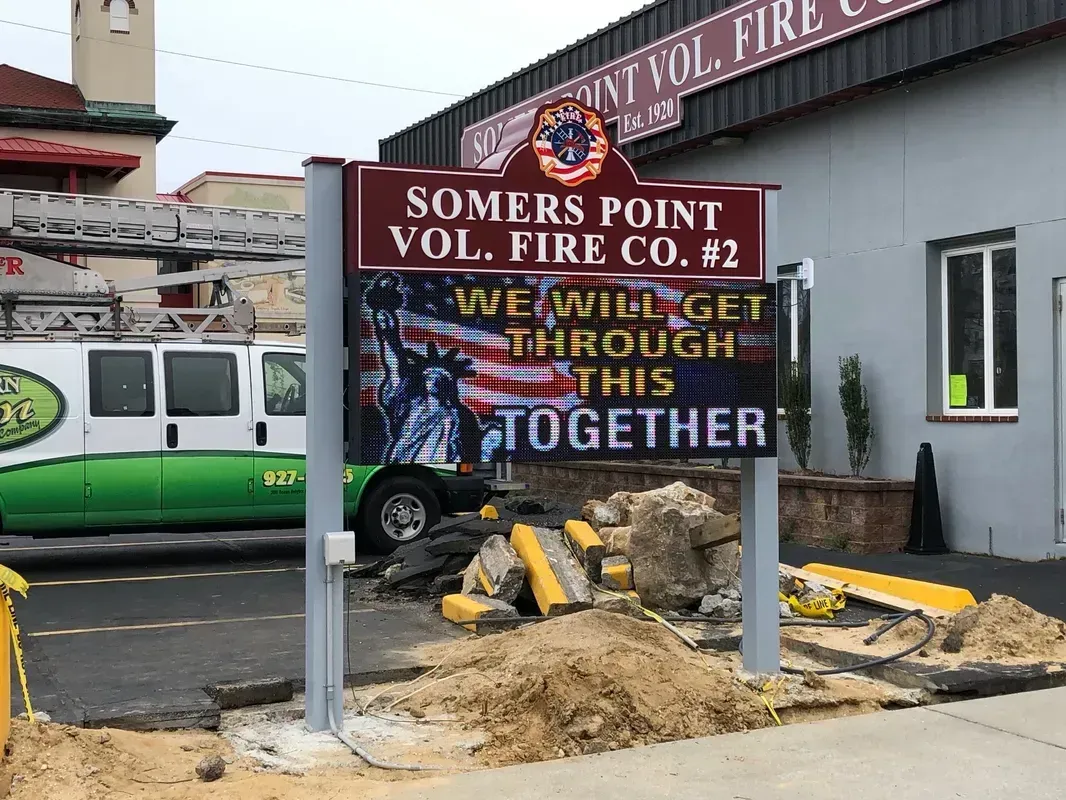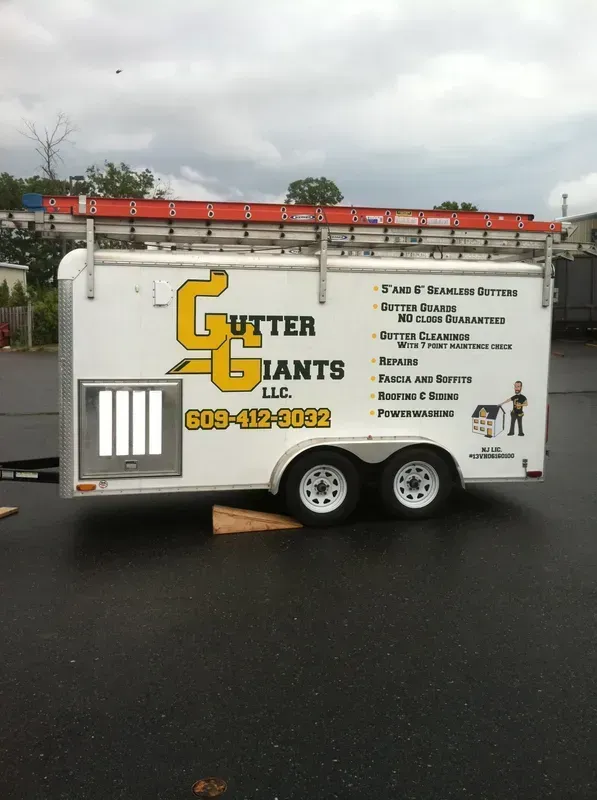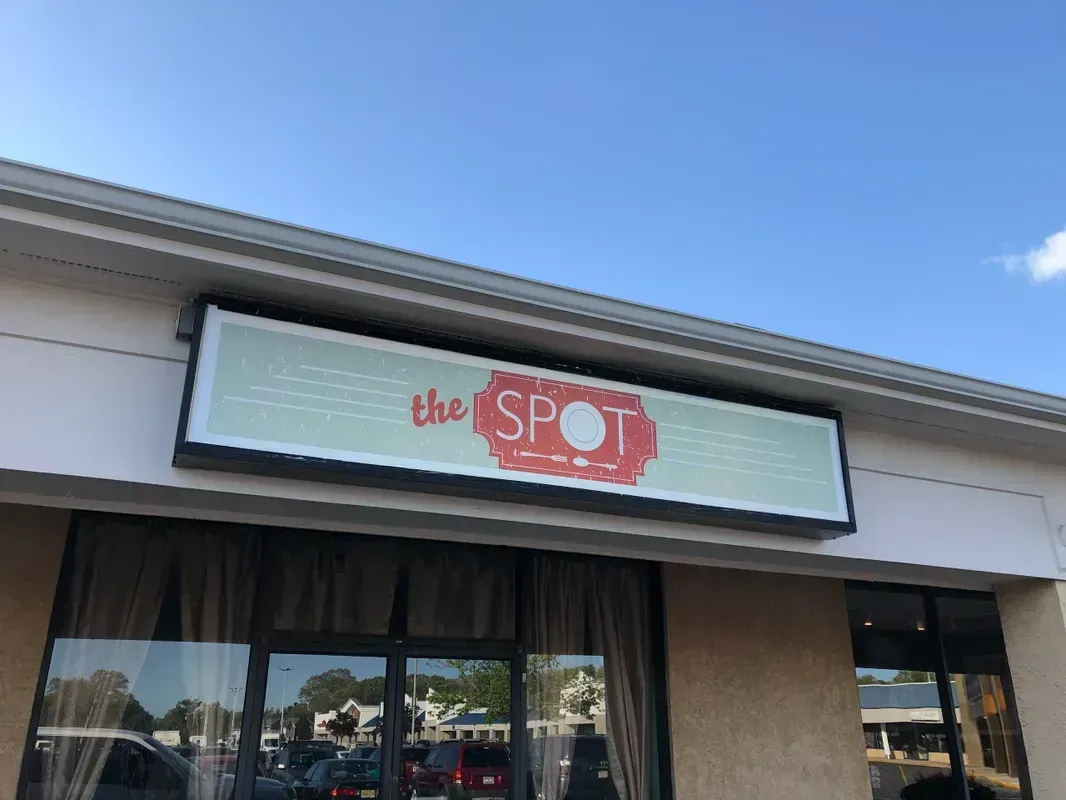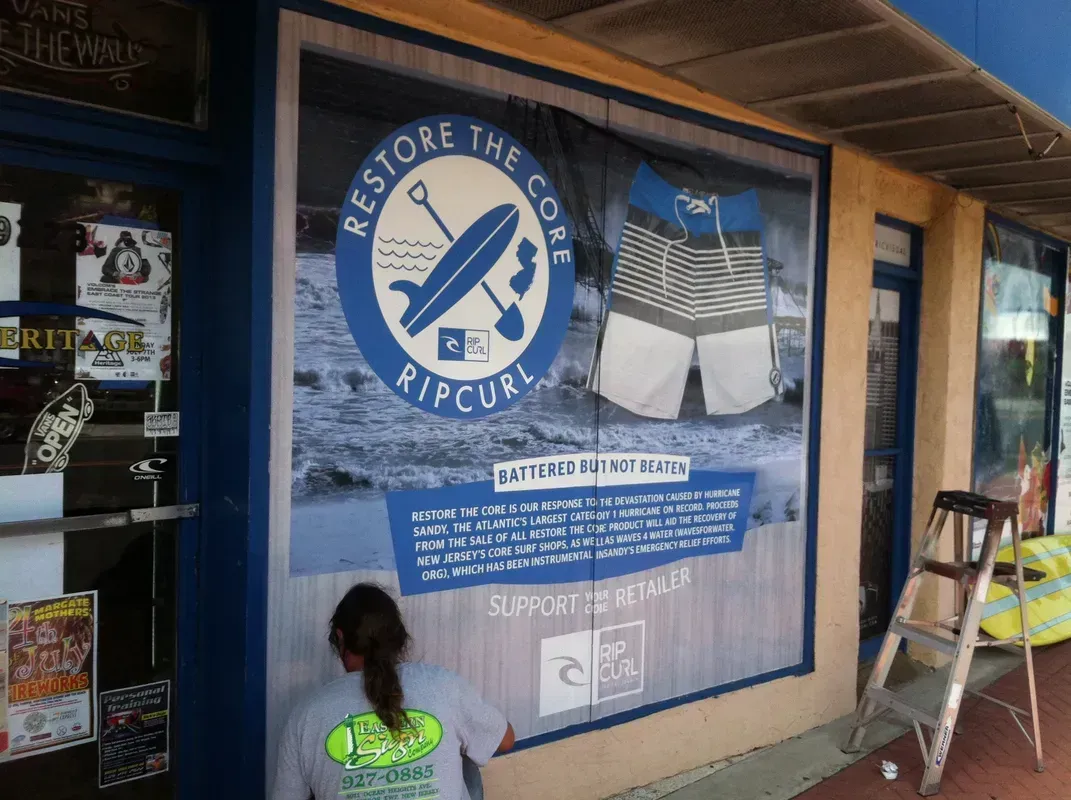Exterior Signage 101: Understanding Different Types and Their Uses
Walk down any urban or suburban street and you will see a great diversity of signs—a lighted neon "Open" sign in a store window, a big logo on the face of a building, or a highway sign with graphic boldness. Each is a type of exterior signage that has a specific function in communicating. Although they demand notice, their actual purpose is something more: guiding, educating, and influencing the way people engage with businesses and public areas. The introduction to these many types of outdoor signs describes how each one is a utilitarian, practical application in real-world spaces.
1. Channel Letters
Description: Channel letters are three dimensional, stand alone letters or logos, typically manufactured out of aluminum or acrylic. Internal LED or neon illumination is utilized for day and nighttime visibility.
Uses: Common in storefront signage along retail corridors and commercial complexes, these signs are used for high impact identification. Their raised structure and illumination support brand legibility in varied lighting conditions.
2. Window Decals
Description: These adhesive graphics, produced from vinyl, adhere to glass surfaces and come in opaque, transparent, or perforated formats. They balance promotional display with varying levels of interior visibility.
Uses: Frequently applied by businesses needing flexible storefront signage. Decals work well for seasonal messages, branding updates, or temporary information without permanent installation.
3. Monument Signs
Description: Freestanding structures built from durable materials such as stone, brick, or metal. These signs sit at ground level and are designed for long term placement in fixed outdoor environments.
Uses: Common in educational campuses, civic buildings, and business parks, monument signs signal permanence and provide identity at property entrances while withstanding weather exposure.
4. Pylon & Pole Signs
Description: High-visibility signs on single or double poles, usually illuminated, for increased long-distance legibility. Materials are weather-resistant and designed to be at high heights.
Uses: Used near highways and large intersections to identify multiple tenants or standalone businesses. These are essential in vehicular zones where line-of-sight communication is necessary.
5. A-Frame Sidewalk Signs
Description: Foldable, portable signs made of plastic, wood, or metal with two display surfaces. Designed for quick deployment on sidewalks or pedestrian pathways.
Uses: Frequently used outside cafes, shops, or during events. These signs support changing messages such as daily specials, event info, or directional cues in temporary outdoor settings.
6. Billboards
Description: Big-scale constructions typically mounted on elevated frameworks, placed in heavy-traffic areas. Designed for legibility at a distance and built to support static or digital content.
Uses: Utilized for mass communication among organizations, communities, and brands. Their size makes them perfect for high-reach messages, new product launches, or campaigns for awareness.
7. Awning & Canopy Signs
Description: Dual-purpose structures that provide shade while serving as branding surfaces. Made from fabric or metal, these can be printed or painted to display visual identity.
Uses: Frequently used in hospitality and retail for window signage integration. They offer environmental benefits while increasing business visibility at pedestrian level.
8. Electronic & LED Signs
Description: These dynamic systems use digital displays or LED matrices to present changeable content. Suitable for text, images, video, and real-time data updates.
Uses: Essential in venues requiring regular updates—such as theaters, transportation hubs, or schools. Their adaptability allows them to serve both functional and branding purposes.
9. Banners & Flags
Description: Printed fabric or vinyl signage that can be mounted on poles, hung across entrances, or used as handheld displays. Designed for portability and temporary installation.
Uses: Used in event signage, seasonal promotions, or mobile applications. Often applied by civic groups, institutions, or small businesses to communicate timely messages in public spaces.
10. Directional & Wayfinding Signs
Description:
Wayfinding clarity signage . Often contains arrows , place names , or symbols , usually color coded to minimize difficulty in identifying locations in intricate areas .
Uses: Placed in buildings like hospitals, schools, and malls.The signs assist in orienting and moving around, which helps with unimpeded visitor movement and minimizing confusion.
Exterior environments mean the strategic placement of signage isn't merely about being seen—it's about communicating. Every type has a specific purpose, ranging from directions to brand visibility. Choosing the right sign comes down to location, audience, and enduring usefulness.
Benefits of Effective Exterior Signage
- Brand Recognition: Consistent, easy-to-read signage reinforces visual identity. Signs make a lasting impression in coordination and accuracy by reinforcing brand components elsewhere and in varied environments.
- Pedestrian and Vehicle Interaction: Selectively placed external signs are able to direct accidental foot or vehicle traffic to a destination. Placement and legibility affect immediate wayfinding and decision-making.
- Sustained Visibility Investment: Permanent signs, in contrast to temporary display advertising, offer long-term visibility at low recurring cost. Proper installation and good materials help build a durable communication asset.
- Architectural Integration: Beyond their informative function, street-facing signs can also be designed to blend with adjacent buildings. Sensitive design can produce curb appeal and visually support the built environment.
Considerations for Choosing the Right Signage
- Location: Environmental context matters. Visibility lines, traffic patterns, and ambient lighting all influence performance. A signage design suited for dense urban settings may not translate effectively to quieter suburban or rural environments.
- Purpose: Clarifying the primary function, whether it's for identification, directional guidance, public information, or announcements, will determine the optimal signage format and material specification.
- Budget: Cost planning should balance material quality, installation needs, and lifecycle expectations. While some options, like digital signage, require higher initial investment, they can provide long-term adaptability for frequently changing content.
- Regulations: Local zoning codes, signage ordinances, and permitting processes must be reviewed in advance. Compliance with these requirements prevents fines, delays, or forced removal post-installation.
- Durability: Climate conditions and ongoing maintenance demands must guide material selection. For instance, regions prone to high humidity, wind, or electrical disruptions may limit the effectiveness of certain electronic or wood-based sign types.
